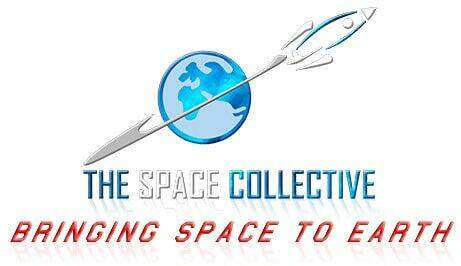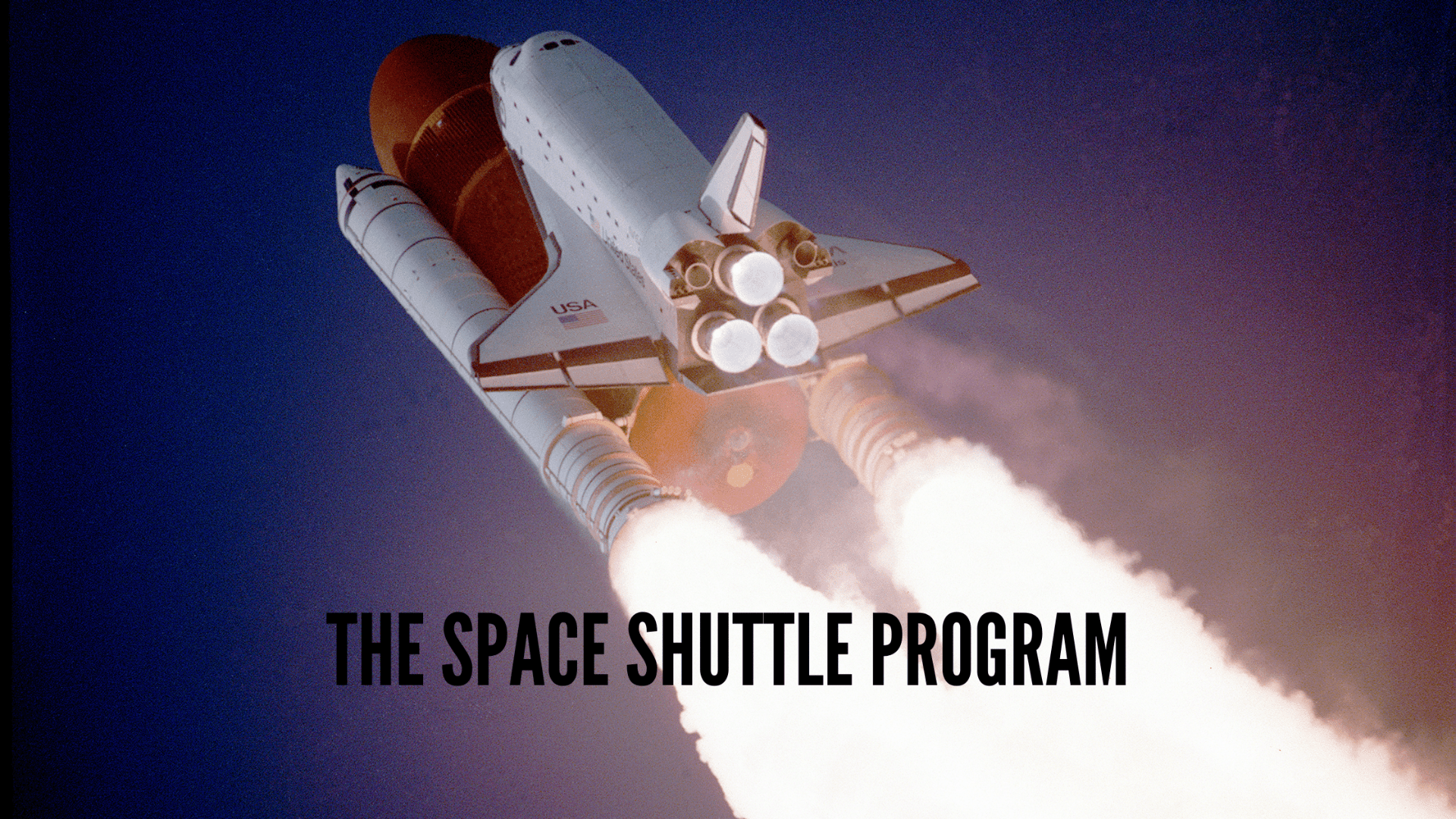
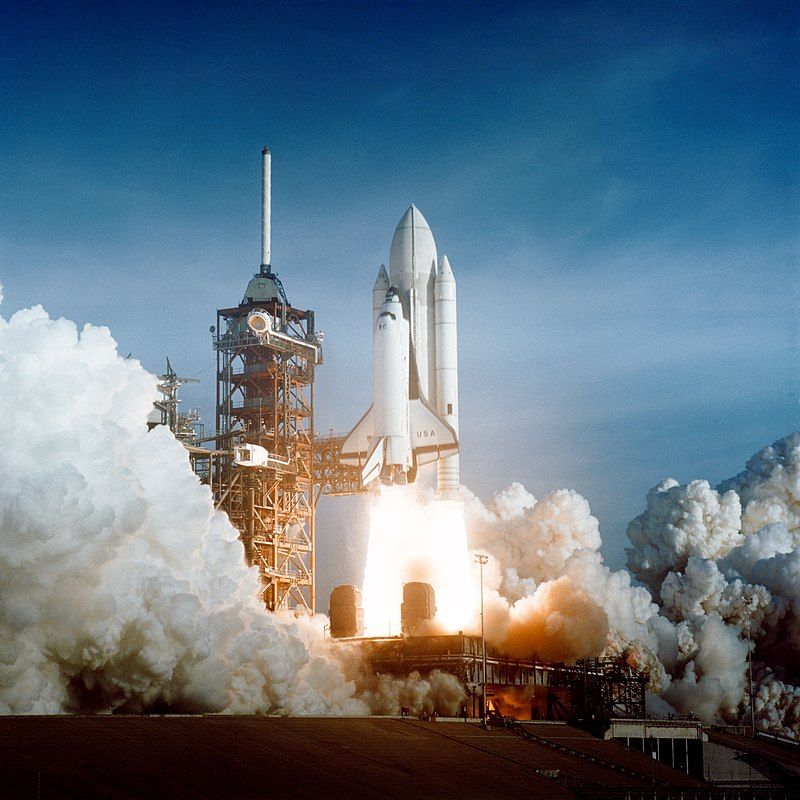
NASA's Space Shuttle program was its fourth human spaceflight program, which accomplished routine transportation for Earth-to-orbit crew and cargo from 1981 to 2011. It flew 135 missions that carried 355 astronauts from 16 countries. The Space Shuttle was composed of an orbiter that was launched with two reusable solid rocket boosters and a disposable external fuel tank. It could carry eight astronauts and payloads of up to 50,000 lb (23,000 kg) into low Earth orbit.
The Space Shuttle was the first reusable, crewed space vehicle that made multiple flights into orbit. It carried large payloads to various orbits, including parts of the International Space Station and numerous satellites. The orbiters also recovered satellites and other payloads from orbit and returned them to Earth. Each Space Shuttle was designed with an estimated lifespan of 10 years' operational life or 100 launches. Initially, a 'launch per month' was expected at the program's peak, but the demand for frequent flights was never achieved.
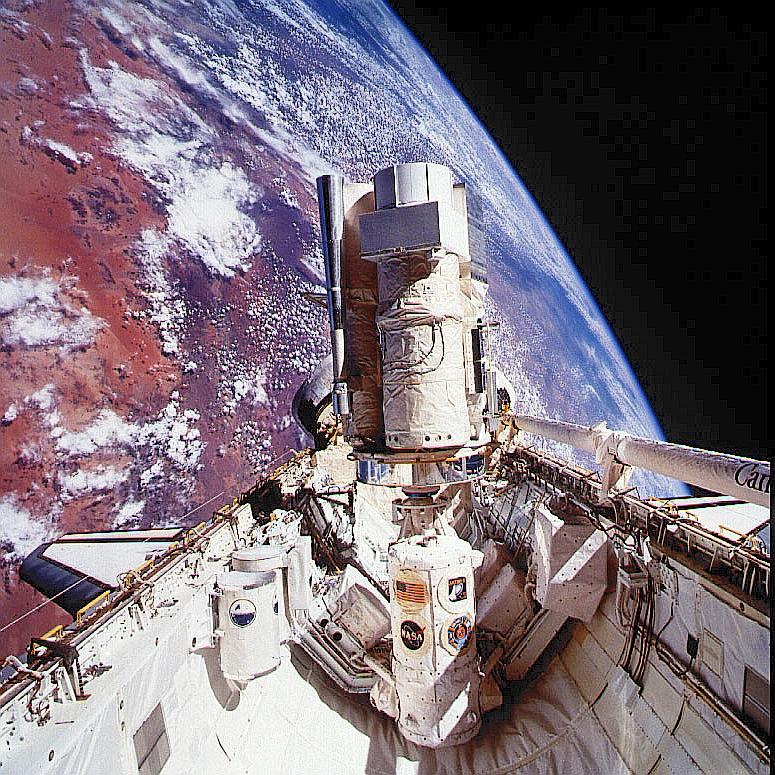
Over 135 missions flown, two orbiters, Columbia in 2003 and Challenger in 1986, suffered catastrophic accidents, losing all crew members, totaling 14 astronauts. The accidents led to inquiries on the national level and detailed looks into why the accidents occurred. There were significant pauses in flights where changes were made before the Shuttle missions resumed.
The Space Shuttle program's end was announced by President George W. Bush in January 2004 when he announced his Vision for Space Exploration. It called for the Space Shuttle's retirement once it completed the construction of the ISS. To ensure the ISS was assembled correctly, there would be 16 remaining assembly missions. Additionally, one Hubble Space Telescope servicing mission was approved.
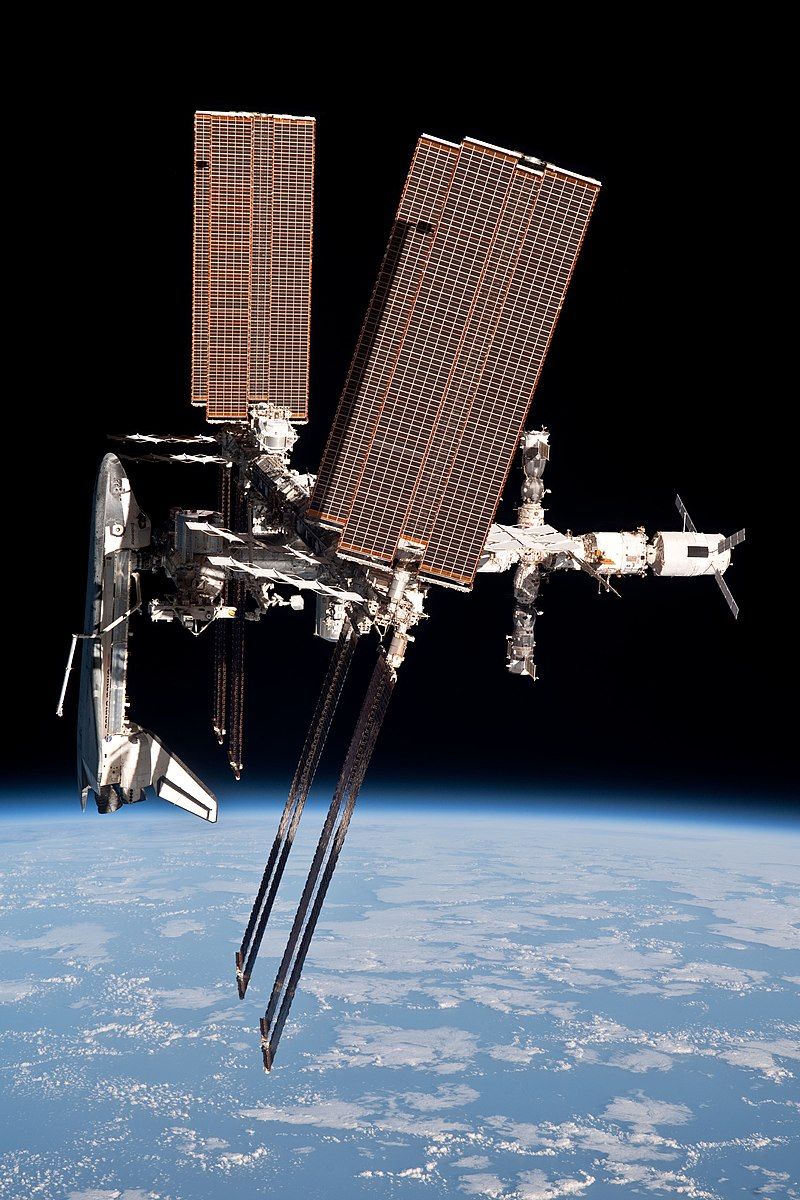
Since the Shuttle's retirement in 2011, various government and private vessels have performed many of their original duties. Between 2008 and 2015, The European ATV Automated Transfer Vehicle supplied the ISS. Cargo to the ISS was already being delivered commercially by 2012 under NASA's Commercial Resupply Services, and the Russian Soyuz has provided crew service to the. Private spaceflights have occurred since 2020, when the SpaceX Dragon 2 crew capsule was launched. Boeing is also developing its Starliner capsule for ISS crew service, but it has been delayed since its December 2019 uncrewed test flight was unsuccessful.
